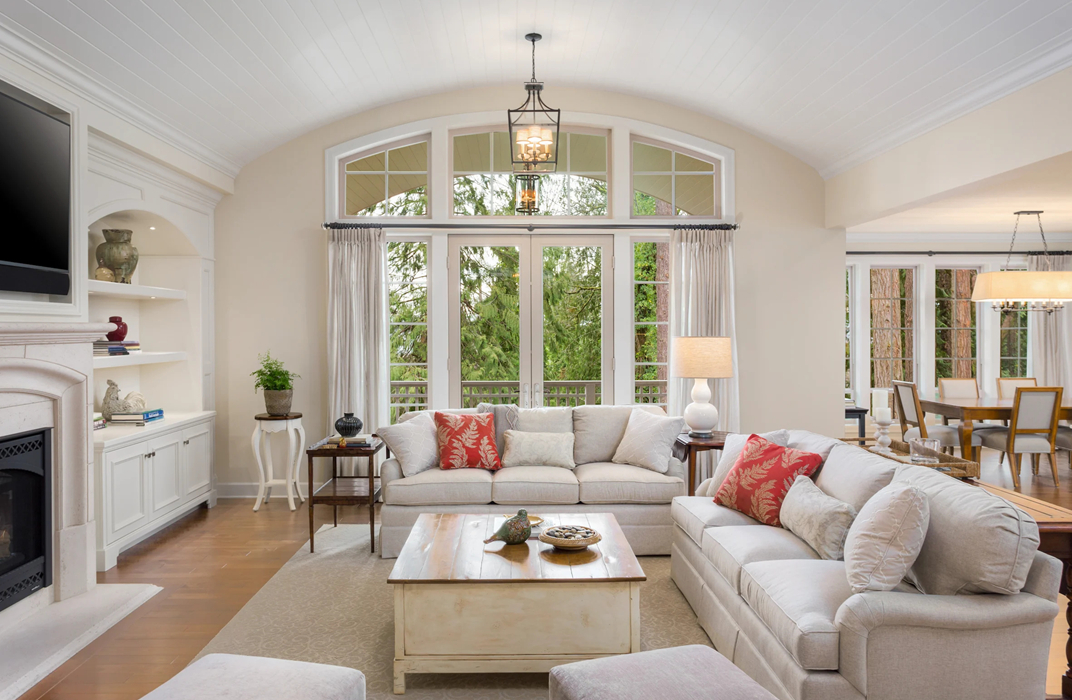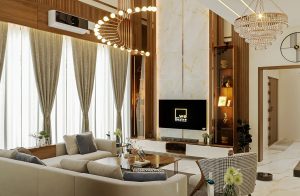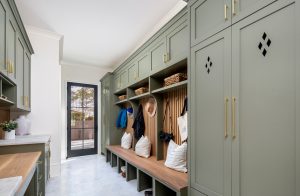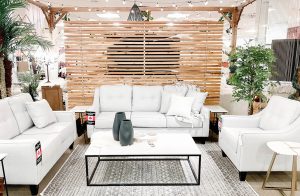How To Achieve Functional Design In Home Spaces
Assessing the needs of each room is the first step in achieving functional design. Identifying how the space will be used helps inform decisions about layout, furniture selection, and decor. For example, a living room intended for family gatherings will require ample seating and a layout that encourages conversation. In contrast, a home office should prioritize organization and productivity, with a desk positioned for optimal focus. Tailoring the design to meet specific needs enhances both usability and comfort.
Maximizing space is a critical aspect of functional design. In smaller homes or apartments, every square foot counts. Utilizing multi-functional furniture, such as a sofa bed or an extendable dining table, can help make the most of limited space. Built-in storage solutions, like shelves or cabinets, can also reduce clutter while providing necessary functionality. Cleverly designed spaces can feel larger and more open, contributing to a more pleasant living experience.
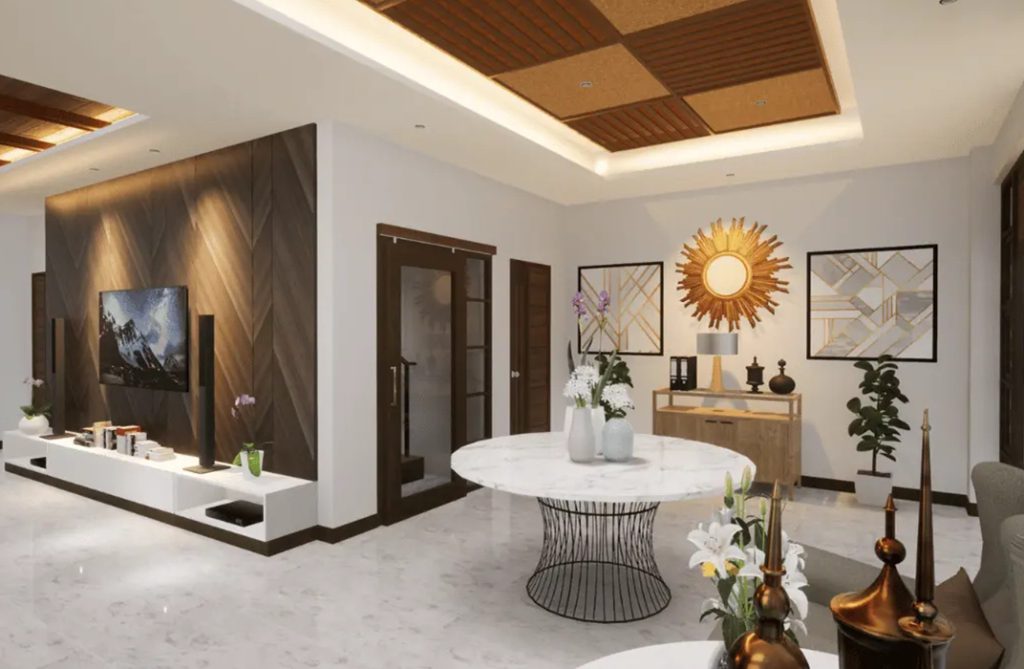
Consideration of traffic flow is essential in creating a functional layout. Ensuring that pathways are clear and unobstructed allows for easy movement between different areas of the home. Arranging furniture to facilitate natural traffic patterns can enhance accessibility and comfort. For instance, placing seating arrangements in a way that encourages conversation while leaving ample space for movement can create a welcoming atmosphere.
Incorporating appropriate lighting is vital for functional design. Natural light should be maximized whenever possible, as it can enhance mood and create a sense of openness. Strategically placed mirrors can reflect light and make spaces feel larger. Additionally, using a combination of ambient, task, and accent lighting ensures that each area is well-lit for its intended purpose. Proper lighting not only improves functionality but also enhances the overall aesthetic of the home.
Selecting durable and easy-to-maintain materials is another key consideration. In areas with high traffic or potential messes, such as kitchens and entryways, choosing materials that can withstand wear and tear is crucial. Fabrics that are stain-resistant or surfaces that are easy to clean contribute to a more practical living environment. This approach not only simplifies maintenance but also prolongs the lifespan of your furnishings.
Personalization is an important aspect of functional design. While functionality is paramount, incorporating personal style into the design can create a space that feels uniquely yours. Displaying meaningful artwork, photographs, or decorative items can add character without compromising usability. Balancing personal touches with functional elements creates an inviting atmosphere that reflects your identity.
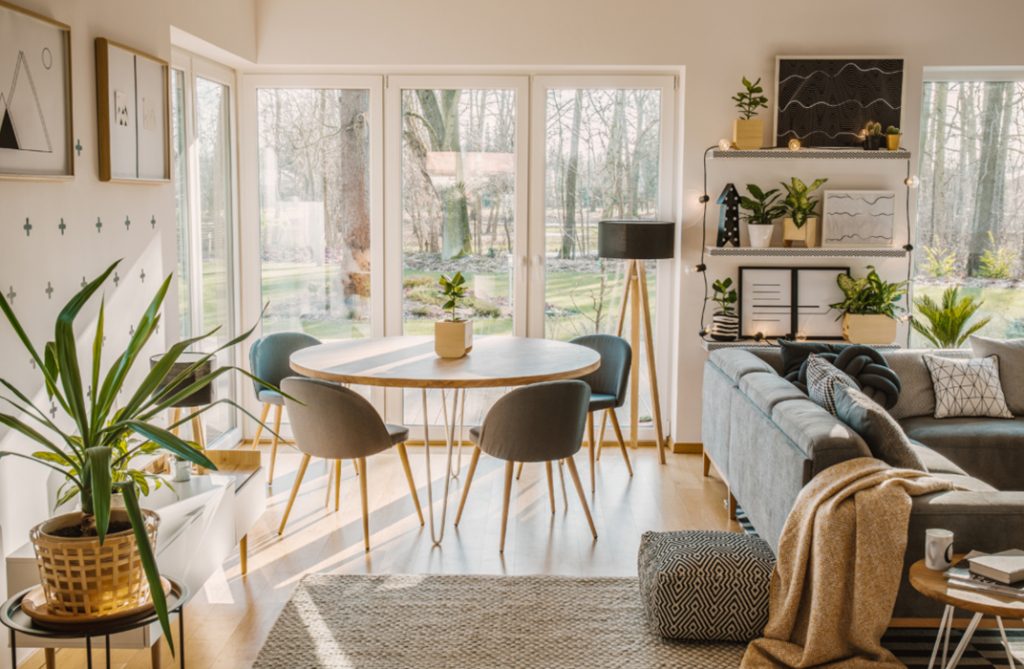
Exploring second-hand options or DIY projects can provide opportunities to achieve functional design without overspending. Prioritizing key areas for investment while being mindful of costs allows for a well-designed space that meets both practical and aesthetic needs.
Emphasizing functional design in home spaces can lead to a more comfortable and efficient living environment. By assessing needs, maximizing space, considering traffic flow, incorporating appropriate lighting, selecting durable materials, personalizing the design, and managing your budget, you can create a home that is both beautiful and functional. This thoughtful approach ensures that every aspect of your living space contributes to a harmonious and enjoyable experience.

